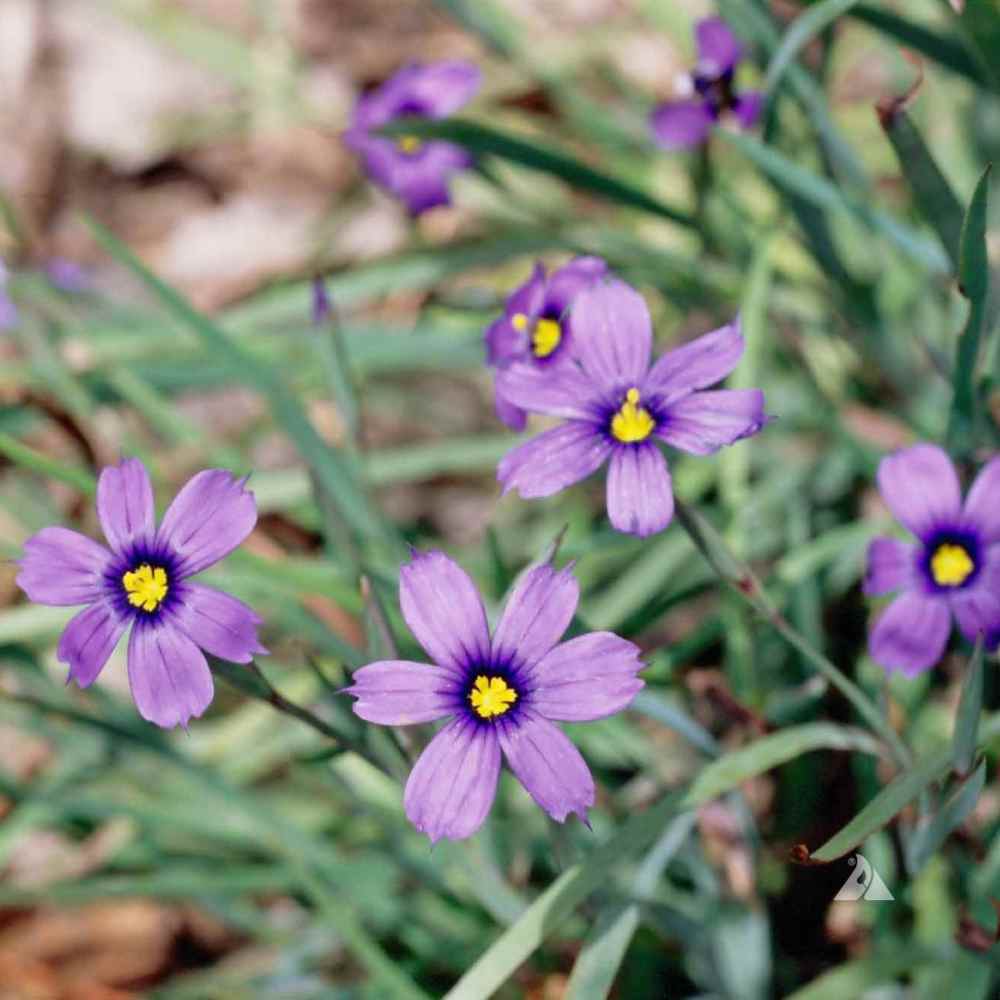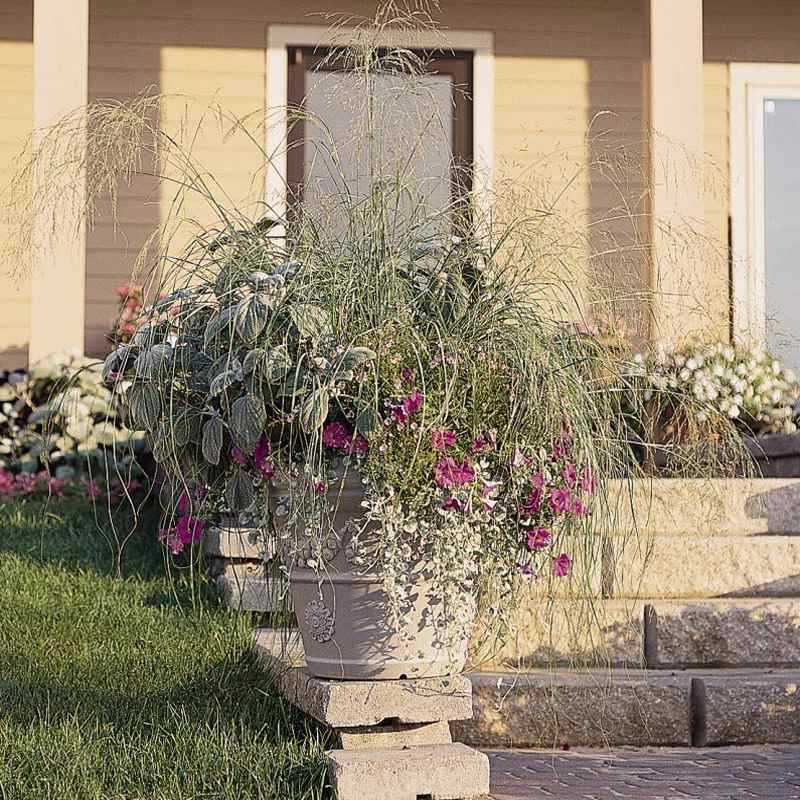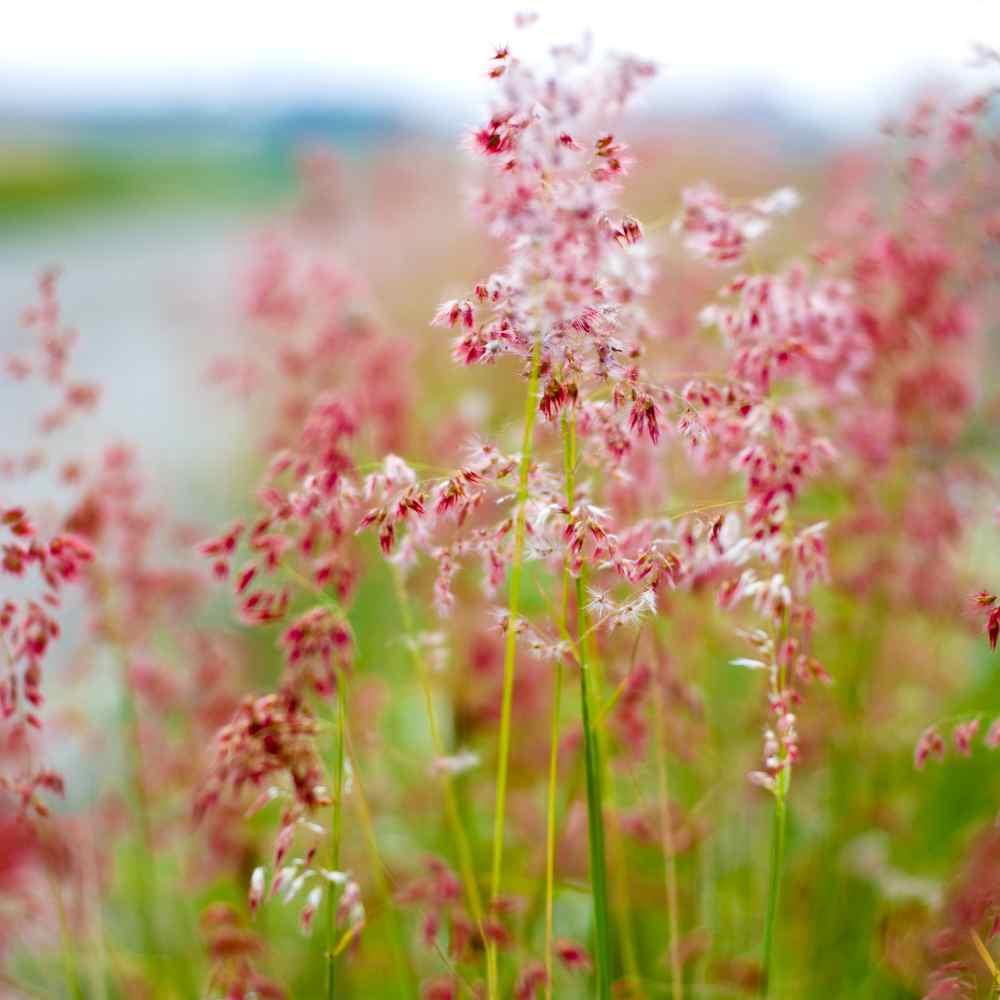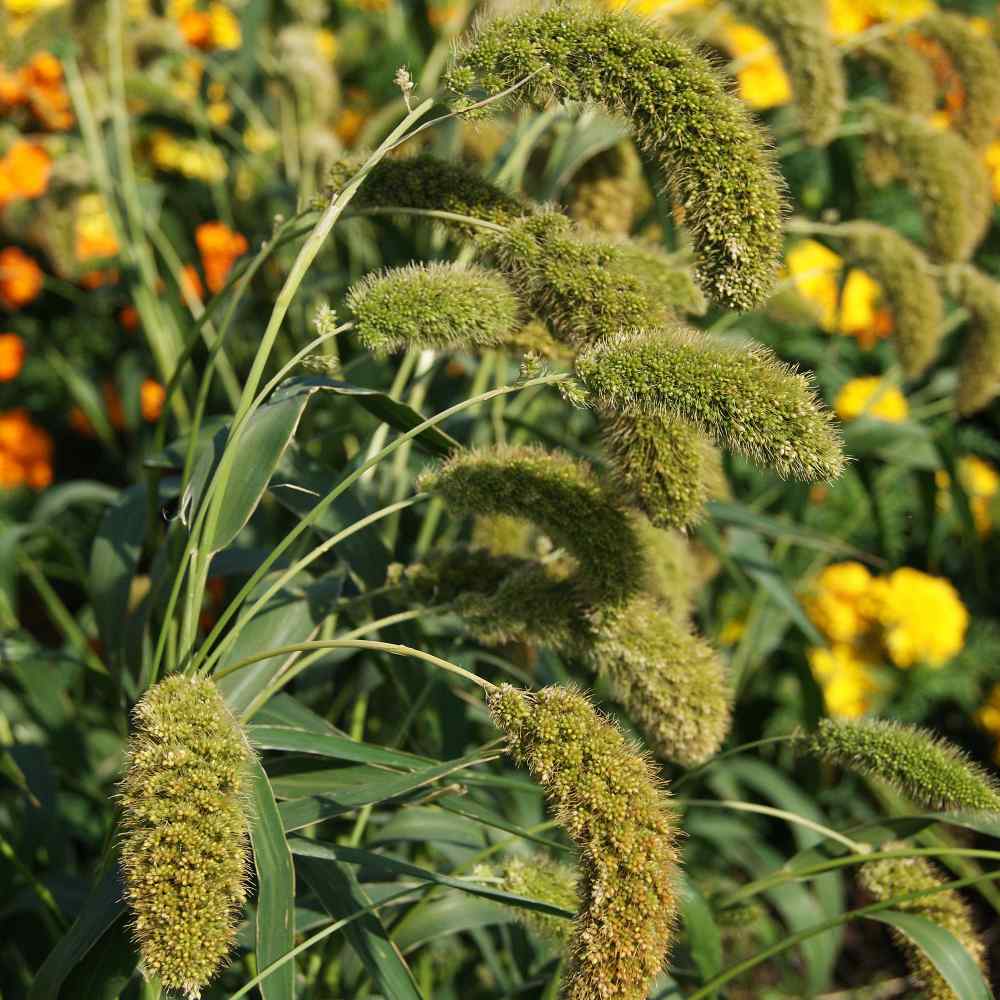
Blue Eyed Grass Planting Guide
Quick Facts About Blue Eyed Grass
Blue Eyed Grass works well in rock gardens, cottage gardens, at the front of borders and along pathways or anywhere water conservation is desire for xeriscape landscaping. Use it in woodland areas and allow it to naturalize in informal settings, or for a more traditional setting, combine it with other low-growing ground covers like creeping thyme or a sedum.
Planting Time
Seeds can be sown outdoors in the fall, allowing the cold season to prepare the seeds for spring. You can also stratify the seeds in a refrigerator for 6 weeks to prepare the seeds for direct sowing in the spring.

Planting Location
Grows best in full sun to partial shade, in well draining soils. It works well in rock gardens, cottage gardens, at the front of borders and along pathways or anywhere water conservation is desire for xeriscape landscaping. Use it in woodland areas and allow it to naturalize in informal settings.
How to Plant Blue Eyed Grass
- Sow seeds outdoors in the fall, allowing the cold season to prepare the seeds for spring. You can also stratify the seeds in a refrigerator for 6 weeks to prepare the seeds for direct sowing in the spring.
- Simply scatter the seeds over the area where you want them to grow.
- If you prefer to start seed indoors in late winter, place seeds in refrigerator for 6 weeks before planting in small pots with 3 - 4 seeds per pot, do not cover but press into soil and keep moist until germination (they need light in order to germinate). Keep the planted seeds in a bright location between 50 and 60 degrees until they germinate and sprout.
- If starting indoors: Transplant hardened-off seedlings to the garden after the frost.
- Before planting outdoors, seedlings need to be “hardened off”. Accustom seedlings to outdoors by moving them to a sheltered place outside for a week. Be sure to protect them from wind and hot sun at first. If frost threatens at night, cover or bring containers indoors, then take them out again in the morning. This hardening off process toughens the plant’s cell structure and reduces transplant shock and scalding.

Care And Maintenance
- Keep weeds under control during the growing season. Weeds compete with plants for water, space and nutrients, so control them by either cultivating often or use a mulch to prevent their seeds from germinating.
- Employ a light application of low-nitrogen fertilizer in the early spring. Don't use a rich fertilizer as this can reduce blooming.
- Divide plants every 2-3 years. This prevents overcrowding and reduced blooming.
- Deadhead spent blooms for a longer bloom season.
- Plants that collapse at the soil line may be experiencing root rot, which typically happens if the soil is covered with a dense layer of mulch or plant debris. If you mulch at all, make sure to keep an open area about 3 inches around the base of the plants, which will prevent moisture from rotting the crowns.




































